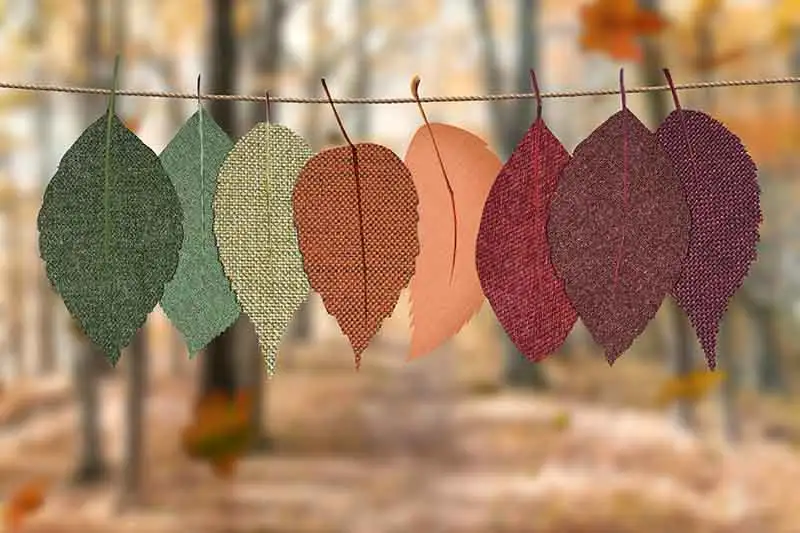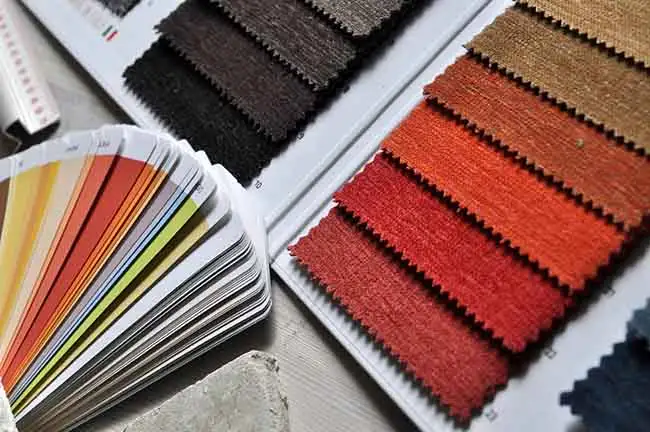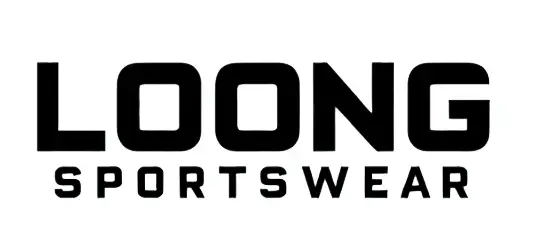What are Some Sportswear Clothing Fabric and Material Considerations?
Sportswear clothing fabric and materials are widely used in producing sportswear clothing, there are many different types of sportswear clothing fabric with various functions. One of the most popular fabrics is moisture-wicking fabric which is a very good choice for summer clothes.
It not only helps to keep our body dry and comfortable but also helps to prevent bacteria from growing and keep your skin healthy. As the temperature rises in summer, it is particularly important to choose the right fabric, in that case, moisture-wicking fabric is no doubt one of the ideal clothing materials in this season.

Features of moisture-wicking fabrics.
Moisture-wicking fabric is a fabric that has a special treatment technology, it quickly absorbs and expels the sweat, so that it helps to keep our body dry and comfortable. The fabric is usually made up of natural fibers such as cotton, linen, man-made fibers polyester…etc.
It has the function of moisture absorption and perspiration by adjusting the structure and processing of the fibers.
Advantages of moisture-wicking fabrics.
Moisture-wicking fabrics offer many advantages over ordinary fabrics. First of all, it has features of better moisture absorption and perspiration wicking, which absorbs and expels sweat quickly and avoids the discomfort caused by sweat retention on the skin.
Secondly, the moisture-wicking fabric has better breathability which helps to dissipate the heat of our body effectively and reduce the occurrence of body temperature overheating. Additionally, moisture-wicking fabrics usually feel soft and comfortable, which makes them more comfortable to wear and more suitable for outdoor activities and sports in summer.
How can we choose a quality moisture-wicking fabric?
When choosing quality moisture-wicking fabrics, you should pay attention to the following aspects: First, choose good quality fabrics, try to choose fabrics made of natural fibers, in order to avoid allergies or breathability issues that may be caused by choosing inferior fabrics.
Secondly, try to judge the quality of fabric by feeling and touching, good quality moisture-wicking fabrics usually feel soft and delicate and not easy to pill. Thirdly, it is better to choose light or transparent fabrics to help keep our body cool by reflecting sunlight.
How should we maintain moisture-wicking fabrics?
In order to extend the lifecycle of moisture-wicking fabrics, it is important to pay attention to the right way of maintenance. At first, use a neutral detergent when washing, do not use detergents containing bleach or strong alkaline ingredients to avoid damaging fabric fibers.
Secondly, avoid a long time exposure when hanging out clothes to the sun, in case the fabric becomes stiff or loses its elasticity.

Sportswear clothing fabric is widely used in the production of a variety of sportswear clothing, including sportswear, lingerie, pullovers, hats, scarves, gloves…etc. Here are some common fabrics often used to produce sportswear clothing.
1. Polyester
A popular moisture-wicking material, polyester is durable, lightweight, and quick-drying. It is the most abundant and versatile synthetic fiber in the world. Here are some advantages it has:
- Durability: Polyester fiber is durable because of its good tensile strength and abrasion resistance;
- Wrinkle resistance: Polyester fiber is wrinkle resistant and remains flat;
- Heat resistance: Polyester fiber is heat resistant and does not easily melt or deform;
- Chemical resistance: Polyester fiber is resistant to many chemicals;
- Easy dyeing: Polyester fiber can be dyed easily and is available for a wide range of color options;
Every coin has two sides, there are also some disadvantages of polyester fiber. It can get static electricity easily and does not absorb dust and moisture, it can get yellowed and lose its strength when hanging out under the sun.
Polyester fibers can be blended and woven into a variety of other fabrics or just itself, it is widely used in many fields especially in textiles and garment clothing for making shirts, pants, skirts, sweaters, sportswear…etc.
2. Nylon
Nylon is known for its excellent moisture-wicking properties and softness, nylon is often used in performance sportswear clothing. Nylon is another name for polyamide fiber that can be made into long or staple fibers. It is an aliphatic polyamide linked by amide bonds NHCO, and its basic composition.
Nylon was developed by a US scientist called Carothers and his team, it is the first synthetic fiber created in the world, the emergence of nylon brought a revolution for textiles, it was a breakthrough in the synthetic fiber industry and an important milestone in polymer chemistry.
Functional nylon fabric is one of the most popular raw materials for producing sportswear clothing. Here are some features of nylon fabric:
- The abrasion resistance is at the top of all the fabrics, so its durability is excellent.
- A better hygroscopicity among synthetic fiber fabrics, so that it is more comfortable than polyester clothing.
- Nylon is a light fabric that is suitable for making outdoor sportswear clothing and winter clothing.
- The elasticity and elastic recovery are excellent, but it is easy to be deformed after giving small external force, so its clothes are easy to wrinkle.
- The heat resistance and light resistance are not good, so we should pay attention to the strict conditions when wearing or washing, in order not to damage the fabric.
3. Merino Wool
Merino Wool is a natural fiber that wicks moisture and regulates temperature making it suitable for both hot and cold weather conditions. Merino wool is a high-quality wool derived from merino sheep, which are native to Spain but are now reared in some other countries like Australia, New Zealand, and some regions in South America.
It is famous for its excellent softness, fineness, and satin which maks it the first choice for high-end clothing and textiles. Here are some features of merino wool:
- Fiber fineness: Merino wool has very fine fibers typically between 17 and 24 micrometers, which makes it feel soft and ideal material to produce clothes that expose the skin.
- Warmth: Merino wool fibers curl naturally will be able to maintain body temperature well and keep the body warm even in humid environments.
- Breathability and moisture absorption: Merino wool absorbs moisture effectively and perspires it into the air so that it helps to keep our body dry and comfortable.
- Wrinkle Resistance & Elasticity: Merino wool has a good natural elasticity that withstands wrinkles and remains in its shape even after many times of washing and wearing.
- Anti-odor and antimicrobial properties: Merino wool is naturally antibacterial and odour-resistant, which can reduce the time of washing and make it healthier to wear.
As a result of their excellent performance and comfort, sportswear clothing fabrics are very popular in the field of outdoor sports and fashion.
